Over the past 34 years, The Baltimore Station has transformed from a small group of devoted citizens who assisted the homeless in South Baltimore to the successful therapeutic residential and outpatient treatment program we are today.
Here is a look at our history:

1989
November 1991
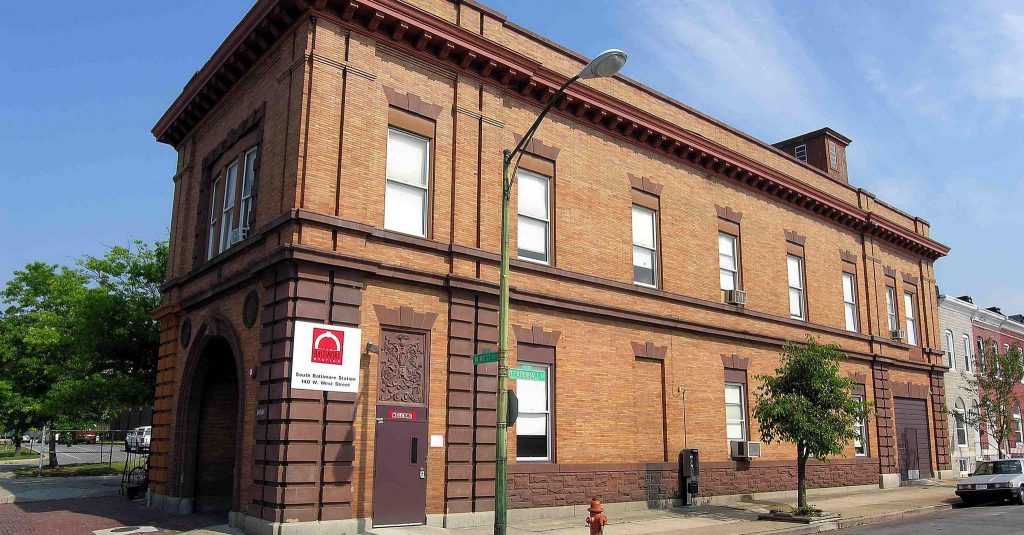
We found a new home in an old fire station, naming it the South Baltimore Station. Shifting our focus, The South Baltimore Station began a new mission of providing transitional housing for homeless men struggling with substance abuse. Not only did we provide food, housing, and clothing, but we also gave men the skills they needed to get off the street for good.
July 2004
2006
Veteran’s Day 2007
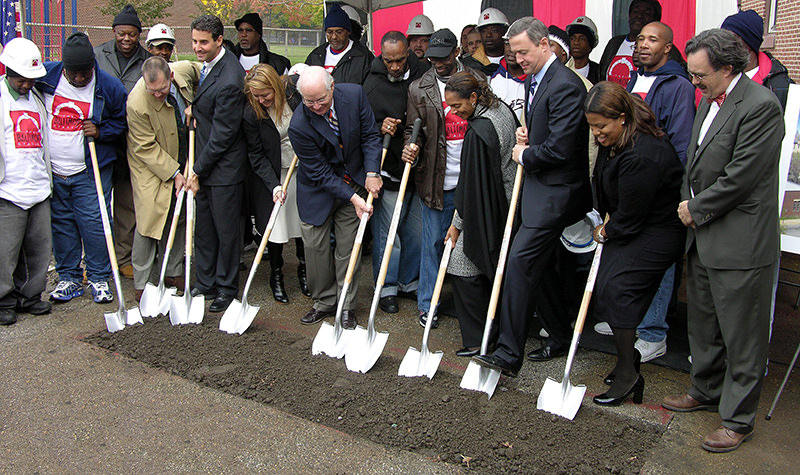
The Baltimore Station broke ground at our South Baltimore site to rehabilitate the existing firehouse and construction began on a three-story addition, formerly an adjacent parking lot.
December 2008
March 2010
November 2011
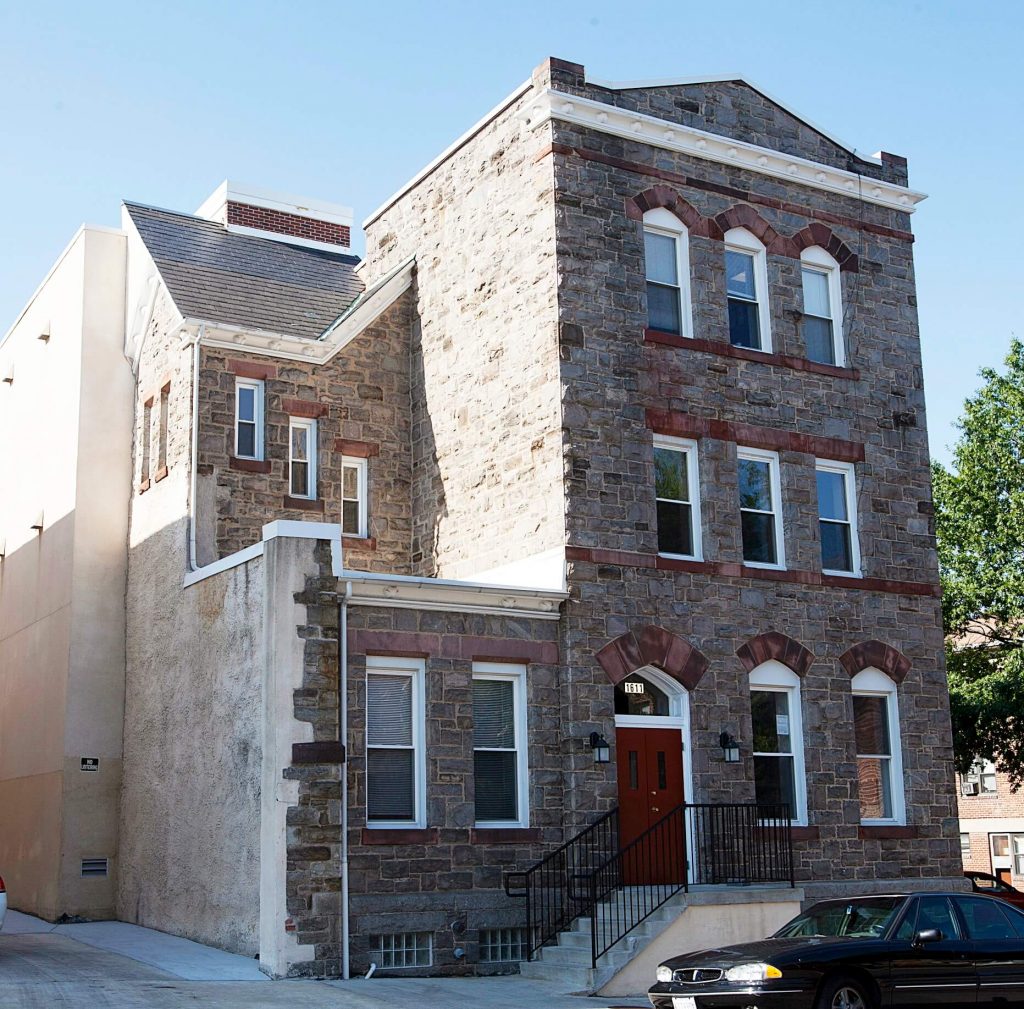 Renovations were complete to the three new properties – two row houses and an old Catholic Rectory at 1611 Baker Street, converting them into a 48-bed facility. The Seton Hill Station closes and moves residents to this new facility.
Renovations were complete to the three new properties – two row houses and an old Catholic Rectory at 1611 Baker Street, converting them into a 48-bed facility. The Seton Hill Station closes and moves residents to this new facility.2012
2015
2016
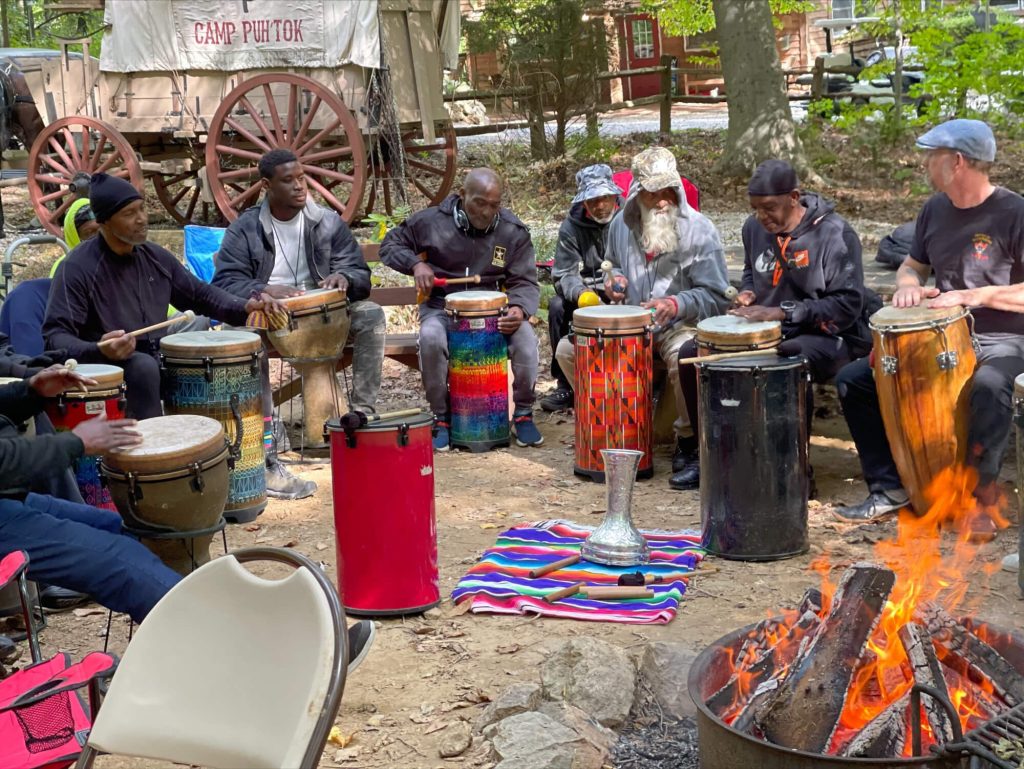 Alternative therapeutic activities such as drumming, art, drama and mindfulness are introduced to our clients along with therapeutic field trips to Camp Puh tok and other local destinations.
Alternative therapeutic activities such as drumming, art, drama and mindfulness are introduced to our clients along with therapeutic field trips to Camp Puh tok and other local destinations.2017
2018
2019
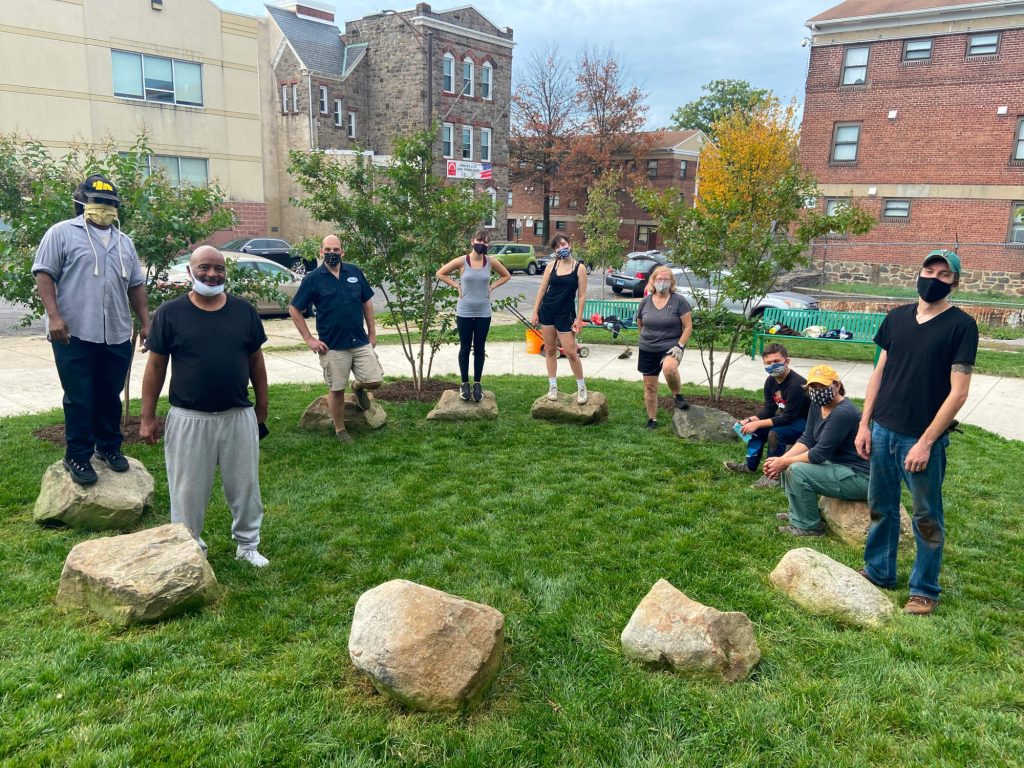 Thanks to the support from local businesses and volunteers, we opened a community garden near our West Baltimore facility for clients and community members to enjoy.
Thanks to the support from local businesses and volunteers, we opened a community garden near our West Baltimore facility for clients and community members to enjoy.2020
2021
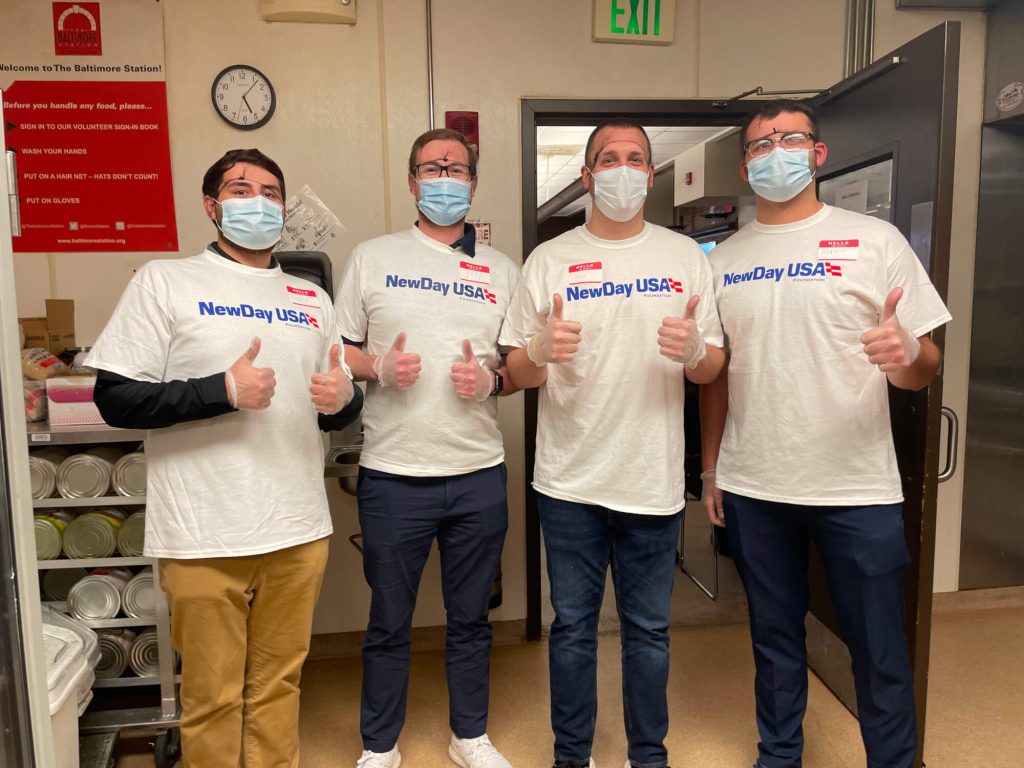 In March, The Baltimore Station moved all our clients back to our facilities from the hotel. Volunteers were whole-heartedly welcomed back in June.
In March, The Baltimore Station moved all our clients back to our facilities from the hotel. Volunteers were whole-heartedly welcomed back in June.2022
Today
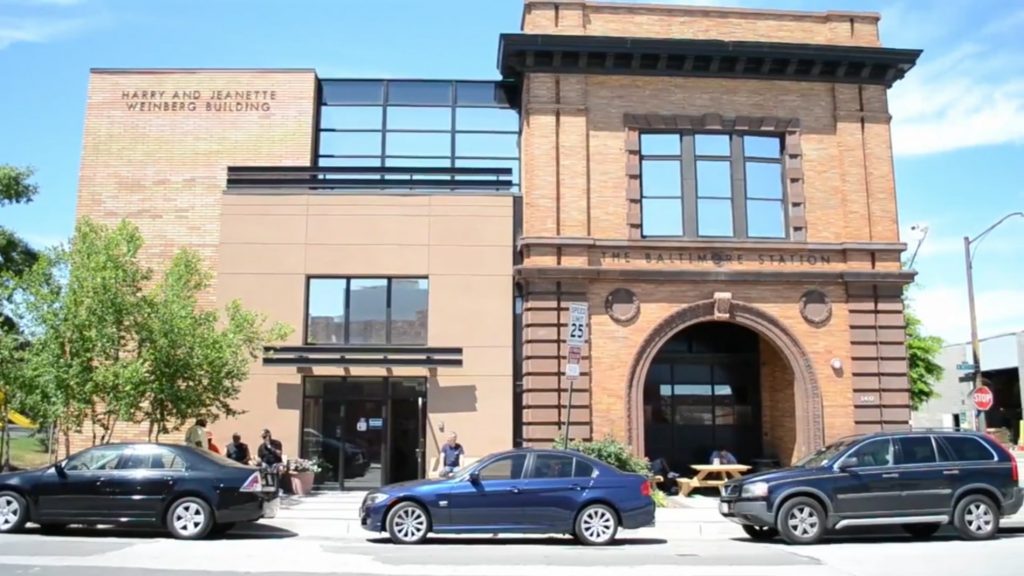 Our journey does not end here. The Baltimore Station will continue to expand our programs and services to meet the needs of the veterans that we are honored to serve.
Our journey does not end here. The Baltimore Station will continue to expand our programs and services to meet the needs of the veterans that we are honored to serve.